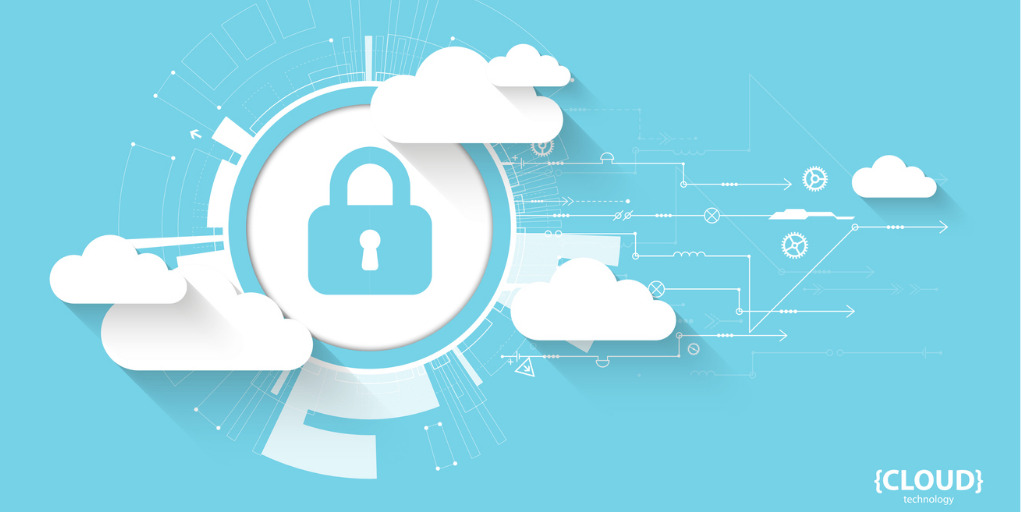Taking it to the edge: ESET Inspect
Two key factors determine the success of any IT security strategy – visibility and control. However, as the IT environment becomes progressively fragmented and distributed, these two factors are much harder to maintain. This is why an extended detection and response tool like ESET Inspect is increasingly important. Complete visibility As endpoints extend beyond the […]
Taking it to the edge: ESET Inspect Read More »





